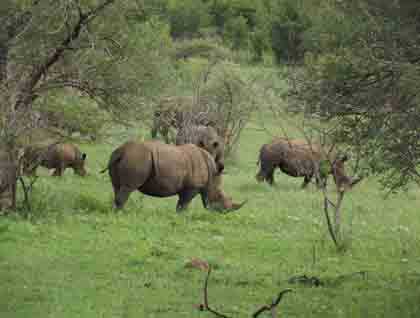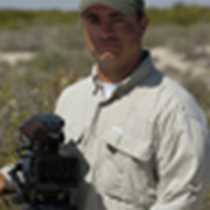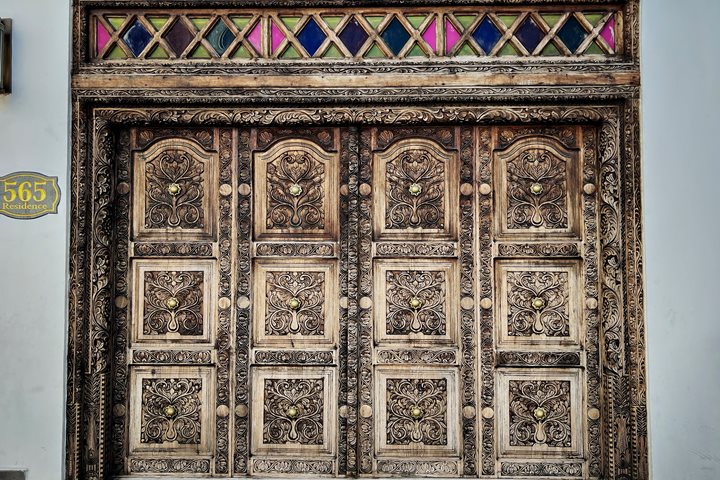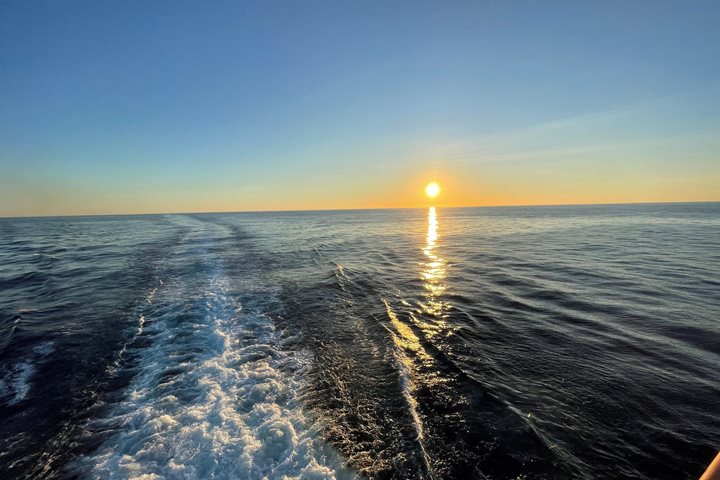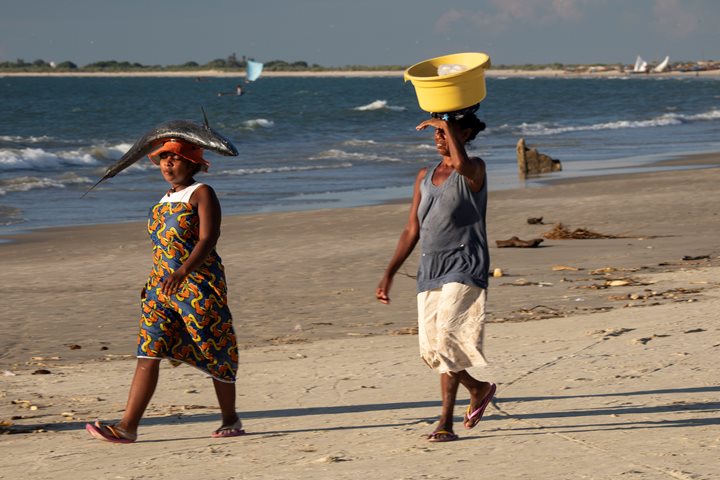Ask any of the naturalists onboard what the highlight of this voyage must be and the answer should be obvious—our day in Hluhluwe-Imfolozi Game Reserve. This reserve was established in 1895, which makes it the oldest game park in Africa. It is set in the heart of Zululand and covers nearly 100,000 ha (about 250,000 acres). Actually, it is composed of two sections—the northern part is known as Hluhluwe (pronounced Shloosh-lewy) and the southern component is known as Imfolozi (pronounced just as it is spelled). The park is characterized by hilly topography and very high species diversities of both birds and mammals, as well as a wide variety of invertebrates, reptiles, and plant life. It is known worldwide for the great efforts started in the 1980s to save the white rhinoceros from extinction. This project was very successful, and in spite of some setbacks in restocking other areas due to despicable poaching, the population here is quite healthy.
We got off to a very early start this morning from our hotels and lodges in St. Lucia and arrived at the park soon after sunrise for our game drives. However, just before we got off the coaches, a short distance before the main entrance, we encountered a pride of about a dozen lions right beside the road! This gave us a good indication of things to come. Within minutes of commencing our game drive, we began observing zebras, waterbucks, nyalas, kudus, impalas, wildebeest, cape buffaloes, vervet monkeys, baboons, elephants, and yes, numerous white rhinoceroses. Among the many birds sighted, the most attention-grabbing were perhaps cape turtle doves constantly cooing “drink la-ger” or “work har-der” over and over, crazy-looking tiny pin-tailed whydahs, aggressive little red-backed shrikes, ubiquitous square-tailed drongos, ostentatious trumpeter hornbills, eerie-looking white-backed vultures, a majestic brown snake eagle, and a single bizarre hammerkop. We roamed all over the huge parklands and made what must be one of the longest professional game drives (about eight hours) in park history, including another hour for lunch at the Hilltops Restaurant in Hluhluwe. It was all very satisfying, and the time spent in the field gave us ample opportunities to observe some interesting behaviorisms among the wildlife, something that always proves worthwhile and gives more meaning to watching and photographing animals. For instance, we watched a gathering of about a half dozen white rhinos happily feeding together, knowing full well from our readings that white rhinos don’t normally gather in groups! Observing zebras clumped together clearly showed us the value of their overlapping vertical stripes in causing confusion among potential predators who may try to single out an individual in the herd. The interspecific symbiotic interaction between red-billed oxpeckers and giraffes was both fascinating and amusing at the same time. Both species seemed to really enjoy the experience. One of our game drive vehicles had the good fortune to be bluff-charged by both an elephant and a white rhinoceros, but not at the same time. This made for some exciting moments, especially as the driver threw the vehicle into fast reverse to put distance between it and the angry elephant! Toward the end of our game drives, we all passed a long grassy area that held an inordinate number of individuals and species of mammals all mixed together, including white rhinos, cape buffaloes, Burchell’s or plains zebras, warthogs, kudus, and impalas. It was a scene right out of a National Geographic documentary, which was appropriate for this group, right?
To paraphrase Theodore Roosevelt, who visited Africa in the early 20th century to hunt big game, “We have just spent a day in the Pleistocene.” This is right on, because Africa still holds much of its Pleistocene megafauna, while its corresponding megafauna in the rest of the world is long gone. Let’s hope places like Hluhluwe-Imfolozi Game Reserve survive forever and there will always be such wild places for wildlife to exist wildly.

